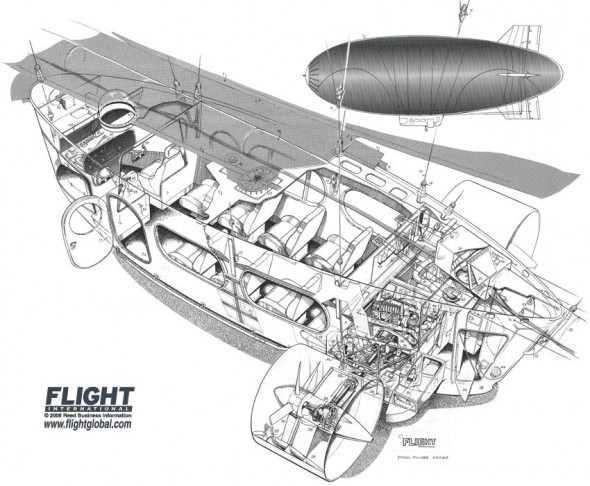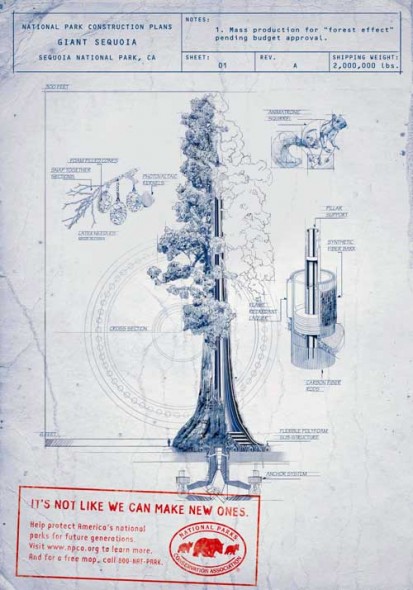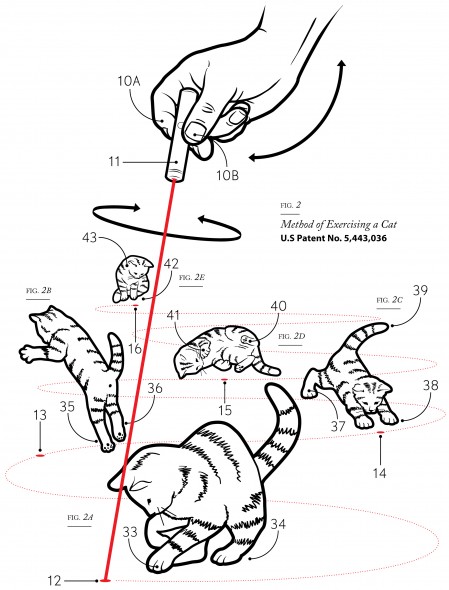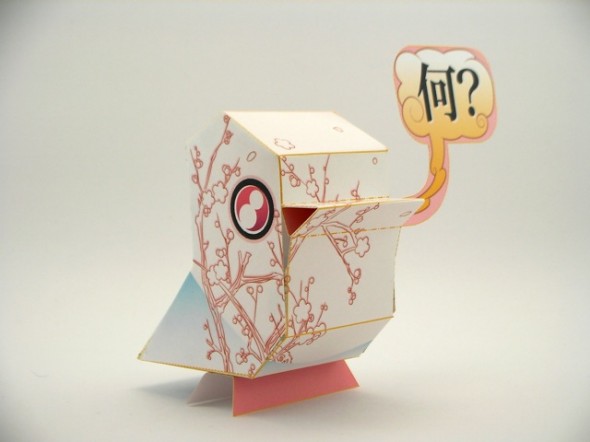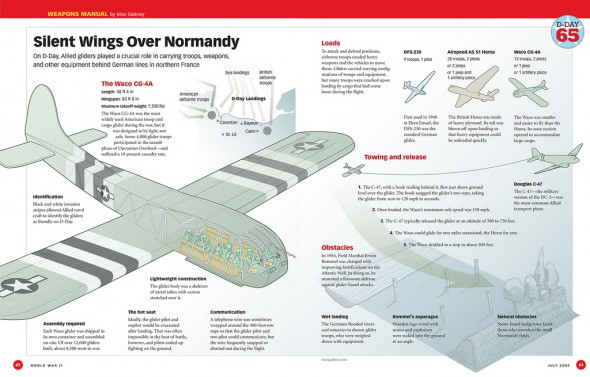Flightglobal has scanned, digitized and made available every issue of Flight Magazine published between 1909 and 2005 – that’s 100 years of aviation history! Most notably, they have a section of the archives devoted to cutaways, where these images were found.
Some are full-color but most are linear, with exceptional control over line density and overall image balance—keep in mind that these were most likely done traditionally on vellum or illustration board with a technical pen!



